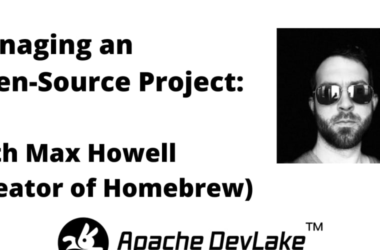Welcome to Day 0 of my #100DaysOfMiva challenge! Today, I’m diving into the world of backend development, starting with a foundational understanding of what backend development is and how it fits into the broader scope of web development.
What is Backend Development?
In web development, there are two main parts: frontend and backend. The frontend is the part of a website or web application that users interact with, the visuals, buttons, text and layout. It’s like the friendly face of a cute puppy. The backend, on the other hand, is the complex and powerful engine that drives the whole application, it’s the beast that handles the logic, processes data and ensures everything runs smoothly behind the scenes.
When you visit a website like YouTube, everything you see is the frontend. But behind the scenes, the backend is working tirelessly to handle complex tasks like video streaming, user authentication and data processing.
Frontend vs. Backend
Frontend: The part of the application that users see and interact with, typically built using HTML, CSS and JavaScript.
Backend: The part of the application that users don’t see, where all the magic happens, involving servers, databases and APIs.
Understanding Backend Technologies
Backend development involves working with various technologies and languages that power the server-side of web applications. Some popular backend languages include Node.js, Python, Go and PHP. Today, we will focus on Node.js.
Installing Node.js
To get started with Node.js, we will need to install it on our system. The best way to do this is by using Node Version Manager (NVM), which allows us to manage multiple versions of Node.js on the same machine.
-
Install NVM: Search for Node Version Manager install to find the official installation guide for your operating system (Windows, macOS, Linux). Follow the instructions to install NVM.
-
Install Node.js: Once NVM is installed, you can install the latest version of Node.js by running the command:
nvm install latest
Or, if you need a specific version:
nvm install v16.14.0
- Switch Between Versions: You can switch between installed versions using:
nvm use v16.14.0
How the Internet Works From Browser to Server to Database
When we type a URL into our browser, a fascinating series of events takes place:
-
Browser Request: Our browser sends a request to the server. For example, when we visit google.com, our browser requests the index.html file from Google’s server.
-
Server Processing: The server receives the request and processes it. The server is like a translator, it understands the language of the backend which is Node.js and knows how to handle the request.
-
Database Interaction: If the request requires data (like fetching your YouTube video recommendations), the server interacts with the database. The database stores all the data, like user information, videos and comments.
-
API Calls: To communicate between the browser, server and database, the backend uses APIs (Application Programming Interfaces). An API acts like a bridge, enabling different parts of the application to talk to each other.
-
Response to Browser: After processing the request, the server sends the required files (like index.html and other assets) back to the browser, which then renders the page we see.
Understanding APIs
APIs are the language of the internet, allowing different systems to communicate. For example, when you request a webpage, the server uses an API call to retrieve the necessary data from the database and send it back to the browser.
Tomorrow, we will explore APIs in more detail, diving into how they work, their importance in backend development and practical examples of API calls.
Stay tuned for Day 1 of the #100DaysOfMiva challenge, where we will build on today’s foundation and start coding our first APIs!








